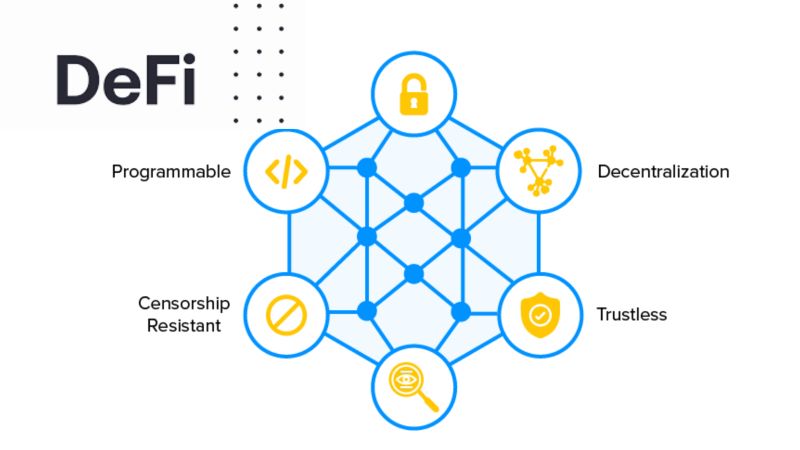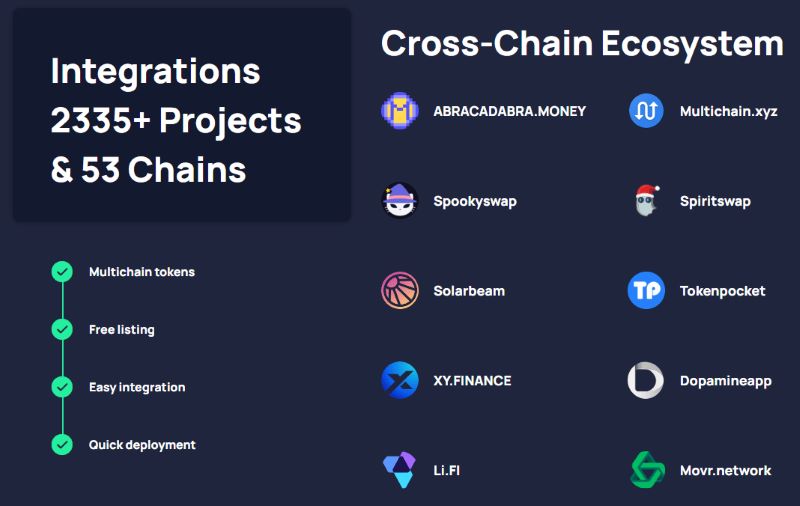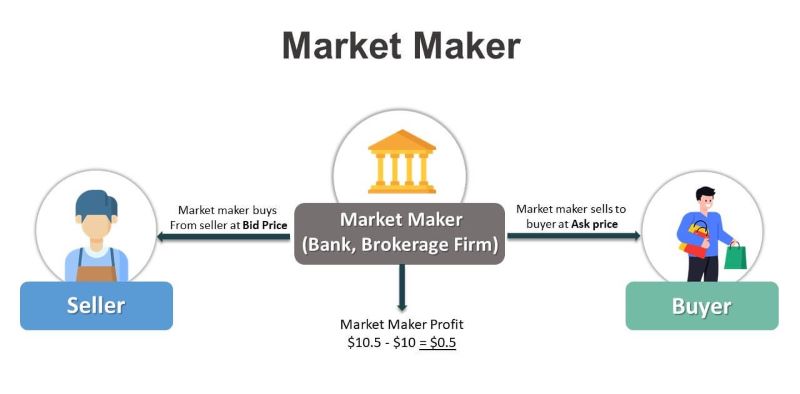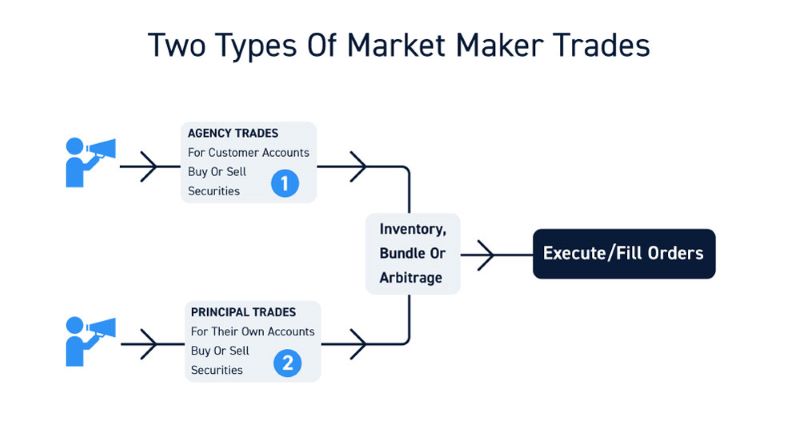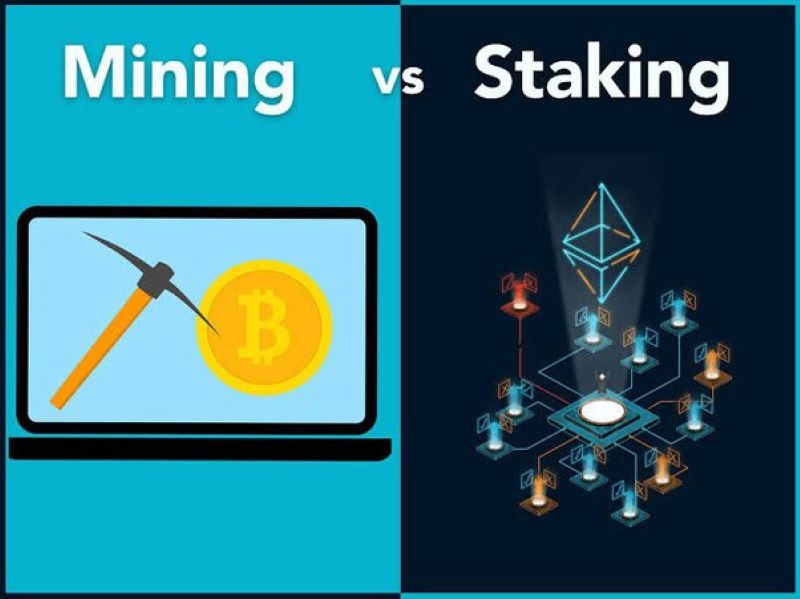Cross-Chain Explained: Unlocking Multi-Blockchain Potential
Caught between blockchains? What is Cross-chain tech, really? Imagine it as a bridge letting you walk freely from one city to another, where each city is its own blockchain. Yes, it’s that game-changer turning the vision of a seamlessly connected crypto world into reality. Stick with me, and you’ll master the cross-chain basics that are powering this fresh wave of blockchain unity, ensuring you’re not left behind in the fast-paced evolution of decentralized tech.
Understanding the Basics of Cross-Chain Technology
Defining Cross-Chain and Its Key Components
Imagine if you could use your Xbox games on a PlayStation. Sounds cool, right? That’s a bit like what cross-chain technology does for blockchain. It lets different blockchains talk to each other. This way, you can send data and money across chains without a hitch. The main parts of this magic include things like cross-chain bridges and atomic swaps. They help move assets from one chain to another safely.
The Role of Blockchain Interoperability in Cross-Chain Systems
Now, you might ask, “What’s blockchain interoperability?” It’s a way to connect blockchains. It lets them work together without problem. Think of it as building bridges between islands. Every blockchain is an island, and interoperability is the bridge that connects them. It’s vital for cross-chain tech. Why? Because it’s what lets you use your crypto and apps across many platforms without a fuss.
In detail, cross-chain technology breaks down walls. It makes sure you can do business across various blockchains. This tech is changing the game in many ways. It brings different blockchains into one family. That means better money flow for everyone. Also, more folks can use blockchain tech in their daily life.
The talk about blockchain often includes fancy terms. But at its heart, it’s about making life easier. Cross-chain is the next big step in this field. It’s making the crypto world bigger and better. Soon, we could see folks everywhere using it without even knowing. That’s super cool and shows how fast this tech is growing.
So, cross-chain tech is like having one key for all locks. It’s about freedom. It’s about making different blockchains shake hands and work as a team. This teamwork makes your crypto life smooth and easy. Plus, it opens doors to new and exciting ways of doing things. So, let’s gear up for an adventure in a world where blockchains join hands. It’s where money and games can jump from one chain to another. All this without ever losing their way. It’s one powerful idea from the bright minds of tech. And it’s here to stay!
The Mechanics of Cross-Chain Protocols
How Atomic Swaps Facilitate Direct Asset Exchange
Imagine trading cards with a friend, no cash needed. That’s like atomic swaps. They let you trade assets directly between blockchains. First, two people agree on a swap. Then, each locks their asset into a smart contract. If both parties follow the rules, the swap happens. If not, the assets go back. It’s trustless and clear-cut.
Atomic swaps are key for blockchain interoperability. They remove middlemen from trading different digital assets. They’re secure, too. Only when both sides meet the deal terms do the assets swap. This is how atomic swaps make trading simple and direct.
The Function and Importance of Cross-Chain Bridges
Imagine islands in the sea. Bridges help you go from one to another. Cross-chain bridges do the same for blockchains. They let you send assets from one chain to another. Bridges vary in design and function, but their goal is the same: to connect isolated blockchains and make asset transfers smooth.
Safety is a top concern with bridges, as they handle value transfers. Bridges must stand against attacks and bugs. They have to be robust to hold people’s trust. Cross-chain bridges are the backbone of blockchain interoperability. They open the door for multi-chain applications and services. By using bridges, decentralized finance can grow across many blockchains.
In bridging two ecosystems, they build a bigger network for users. This network can lead to more growth and better access to different assets. With bridges, the blockchain world becomes richer and more flexible. It’s like having a passport to explore various digital countries without worrying about exchange rates or border control.
Cross-Chain’s Impact on Decentralized Finance (DeFi)
Enabling DeFi Applications Across Multiple Blockchains
Blockchain is like a digital ledger that records every deal. Imagine it as a high-tech notebook that keeps all our transactions safe. But there’s a catch. Each blockchain speaks its own language, making it tough to share info. That’s where cross-chain technology steps in. It’s like having a translator that lets blockchains talk to each other. This means we can do business across different platforms without hassle.
Cross-chain technology lets us swap assets between blockchains directly. It’s called atomic swaps. They are like trades that only go through if both sides stick to the deal. Think of it like swapping lunch with a friend. You only give away your sandwich if you get their apple in return. We use special codes, called smart contracts, to make sure everyone plays fair.
Now, let’s talk about something very cool – cross-chain liquidity pools. These pools are like big pots of money that folks can tap into from different blockchains. They help keep the money flowing so everybody can trade. And guess what? They’re vital to making DeFi grow. With more pools, there’s more money to go around, and it’s easier for people to trade or invest.
But it’s not just money we’re moving around. We’re also shifting entire apps! Thanks to multi-chain tech, you can use an app from one blockchain on another. It’s as if you could use a PlayStation game on an Xbox. Pretty neat, right?
Cross-Chain Liquidity Pools as a Pillar of DeFi Expansion
Liquidity pools are the beating heart of DeFi. They are why you can swap tokens easily. Think of it like a swimming pool, but instead of water, it’s filled with digital coins. The more coins in the pool, the easier it is to make a trade.
Anyone can join in and add their coins to the pool. And the best part? You could earn fees as a reward for adding to the pot. It’s not just about making a quick buck, though; it helps everyone. It’s like bringing a dish to a potluck – the more you bring, the better the feast.
And here’s a bonus – cross-chain pools can link up different blockchain-communities. This means you get the best each one offers. You could think of it as a group of friends, each with different games, deciding to play together. Everyone has more fun, right?
To wrap this up, cross-chain tech doesn’t just link chains. It knocks down walls, helping money and apps move freely. It’s like a superhighway for blockchains, connecting everyone. This is huge for DeFi’s future. It’s like we’re all holding pieces of a giant puzzle, and cross-chain puts it all together.
Future Developments and Challenges in Cross-Chain Integration
Advancing Scalability and Security in Cross-Chain Operations
Let’s chat about blockchain, the tech that powers Bitcoin and other cool digital money. Like Lego bricks, blockchains are different pieces that need to fit together. But it’s tricky because they’re not all made the same way. That’s where cross-chain tech leaps in.
Cross-chain tech lets different blockchains ‘talk’ and share info. Just imagine sending an email from Gmail to Yahoo—smooth, right? Cross-chain does that, but for blockchain!
Security in cross-chain magic is like a superhero’s shield. It keeps our digital coins safe when they jump from one blockchain to another. Quick and safe jumps make everyone happy.
But there’s a catch. More chains joining the party mean we need stronger security. It’s like needing more lifeguards when more kids jump into a pool.
Governing Multichain Ecosystems: Approaches and Complexities
Now think about a big family dinner. Everyone must agree on what to eat. Blockchain families need rules too. They’re called governance models.
For chains to work well together, they need a plan that everyone likes. It’s hard because each chain is unique, like every person’s pizza topping choice.
But why bother? Because when blockchains link up smoothly, we can do cooler stuff with our digital money. We can build new apps that work across many chains, not just one.
One day, cross-chain tech might let us use any blockchain we like, any time. That means more freedom and more fun in the digital money world. And just like a cheat code in video games, it could unlock new levels we haven’t seen before!
Still, it’s not all easy. Speed bumps are there, like when blockchains speak their own ‘languages’ or have different rules. People making cross-chain keys must be smart cookies to handle this.
In short, cross-chain is about linking chains to make them better together. It’s about safe coin jumps, making fair rules, and solving tough puzzles. It’s pretty awesome, and I can’t wait to see where it goes!
In this post, we’ve uncovered the nuts and bolts of cross-chain tech. Starting with the basics, we defined what cross-chain is and looked at its key parts. We saw how it lets different blockchains talk to each other. Then, we dived deep into the mechanics, learning about atomic swaps and bridges that make it easier to swap assets.
We also explored how cross-chain shakes up decentralized finance, making it possible for DeFi to work on many chains at once. This includes liquidity pools that are crucial to DeFi getting bigger. Lastly, we peeked at what’s coming up and what hurdles we might face, like making everything run smoother and keeping it safe, plus figuring out rules for all these blockchain networks.
Cross-chain tech is changing how we think about digital assets, making them more useful and connected. It’s an exciting time, and these changes will keep on shaping our digital future. Keep your eyes peeled – cross-chain is a big deal, and it’s just getting started!
Q&A :
What is Cross-chain Technology?
Cross-chain technology refers to the development and implementation of ways to enable transactions and communication between different blockchain networks. It allows for the exchange of data and value across diverse platforms, aiming to create interoperable blockchains that can work together seamlessly.
How Does Cross-chain Operate in Blockchain?
Cross-chain operates by using various mechanisms such as atomic swaps, sidechains, or bridges to facilitate transactions between blockchains. These technologies ensure that operations are secure and efficient, enabling users to transfer assets from one chain to another without the need for an intermediary.
Why is Cross-chain Important in Cryptocurrency?
Cross-chain is crucial in the world of cryptocurrency because it enhances liquidity and flexibility, allowing for a more interconnected and efficient ecosystem. It breaks down barriers between different blockchains, making it possible for users to access a broader range of assets and services.
What Are the Benefits of Cross-chain Solutions?
The primary benefits of cross-chain solutions include increased interoperability, improved scalability, and enhanced security. They simplify transactions across multiple blockchains, empower users with more choices, and foster innovation by allowing different networks to share resources and capabilities.
Can Cross-chain Technology Support Different Blockchains?
Yes, cross-chain technology is designed to support interactions among different blockchains, each with its unique protocols, rules, and governance models. Through specialized algorithms and consensus mechanisms, it facilitates a cohesive ecosystem where various blockchains can coexist and interact fluidly.


